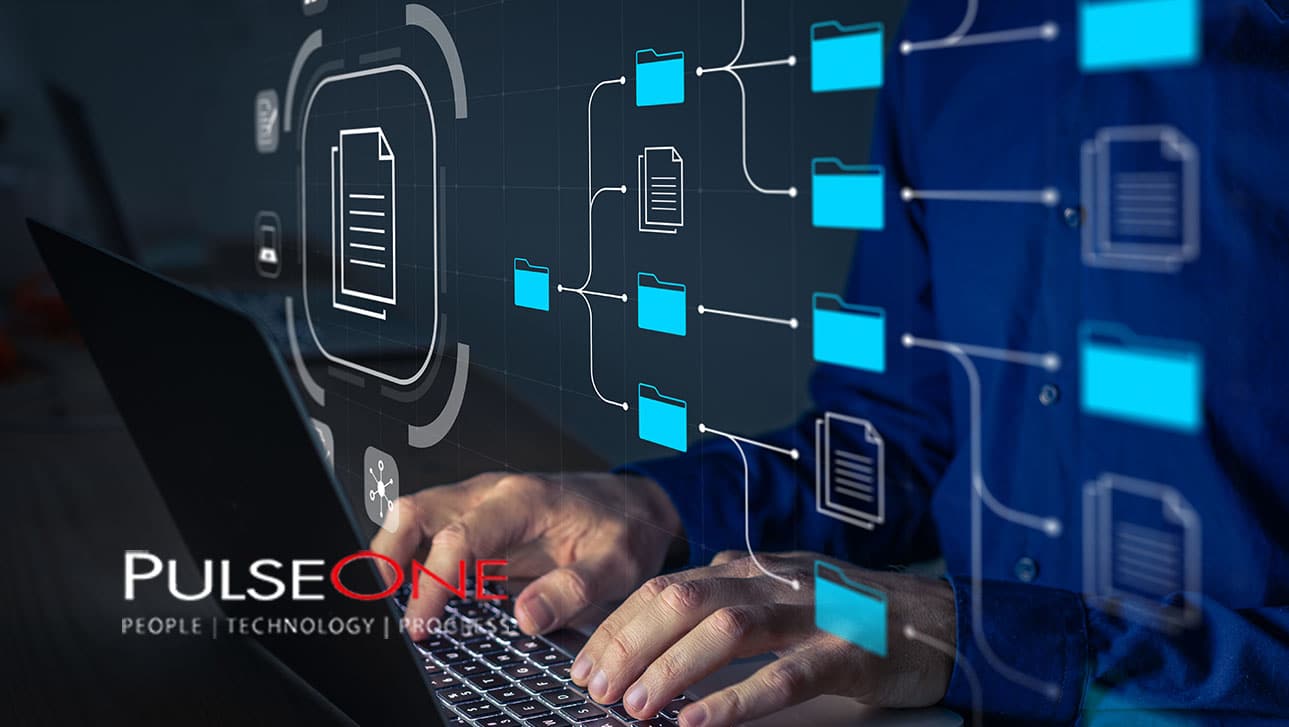Data Backup and Disaster Recovery: Learn More, Protect Your Business

Data backup and disaster recovery are two different procedures. Data backup is routine; disaster recovery is (or should be) a rare event. Indeed, by backing up critical business data, businesses make the first step to successfully recovering from a network disaster.
Data Backup
Data backup is a process of duplicating data to allow retrieval of the duplicate set after a data loss event. Today’s best practices necessitate storing data backups offsite in the Cloud. A business may also host duplicated data onsite using a shared network storage solution such as Network Attached Storage (NAS) or Storage Area Networks (SAN).
Backups can be full, incremental, or differential. A full backup clones all system data sets — files, folders, apps, etc. An incremental backup only backs up files and data created or altered since the previous incremental backup. A differential backup is a hybrid approach, needing just two backups to restore data — the latest full and incremental backups.
Each type has its pros and cons. See the table below:
| FULL | DIFFERENTIAL | INCREMENTAL | |
| Backup Speed | Slow | Fast | Fastest |
| Restoration Speed | Fastest | Fast | Slow |
| Storage Space | High | Medium-High | Low |
| Duplication | Comprehensive duplicate file storage | Duplicate file storage | No duplicate file storage |
| Media Required for Restoration | Most recent backup only | Most recent full backup & most recent differential backup | Most recent full backup & all incremental backups since full backup |
Every business, large or small, should follow a robust data backup strategy aligned to their specific needs. Ask these questions:
- How often should data be backed up?
- Where will data be stored?
- What data is needed immediately after a disaster event?
- If data is stored offsite, what happens if Internet connectivity is lost?
- What regulatory compliance requirements (e.g., encryption) must my business follow when performing data backups?
- How long will I retain data backups?
Disaster Recovery
Disaster Recovery (DR) is an organization’s ability to respond to and recover from an event that negatively affects business operations. Many companies have formalized disaster recovery plans, documents detailing processes for resuming normal operations after an unplanned service outage. Note that disaster recovery differs from a business continuity plan (BCP) in scope and focus. Suffice to say that disaster recovery is integral to BCP.
Every organization should recognize it needs a disaster recovery strategy in waiting when (not if) the unthinkable occurs. In this era of digital connectivity, stakeholders expect their systems to be accessible 24/7/365. Since data is the lifeblood of today’s businesses, unplanned downtime not only disrupts operations but also damages brand value and reputation.
Network disasters come in various forms. Catastrophic weather events (tornados, hurricanes, floods), infrastructure failure (loss of power or environmental cooling), and cyberattacks (ransomware or malicious intrusions) can all lead to a systems disaster. Even network disruptions caused by the COVID-19 pandemic can be considered a disaster.
If an organization fails to provide critical IT training and certification to its staff, it becomes vulnerable to unplanned downtime. By thoughtlessly clicking open a malign link embedded in a company email message, an employee can spark a ransomware attack. Even experienced IT staffers can trigger network outages when migrating software or adding functionality to applications.
Downtime is costly; in 2016, the Pinemon Institute found that downtime costs range from $593 to $17,244 per minute “depending on the specific incident and vertical market sector.” Even worse, almost 60% of businesses shutter within six months of a data disaster event.
While network disasters caused by environmental events make headlines, most unplanned downtime is due to human activities such as “operator error” or cyberattacks. Hardware failures, power outages, software failures, and data corruption can also cause network disasters.
Disaster Recovery as a Service (DRaaS)
Heard of software as a service (SaaS)? IT managed services providers (MSP) also offer DRaaS. PC Mag outlines the following as a minimal part of a DRaaS solution:
- can automatically back up critical data and systems
- can quickly recover from a disaster, with minimal user interaction
- flexible recovery options (e.g., restore one application or the entire infrastructure)
- transparent billing
- backup priority options
DRaaS pricing varies depending upon options.
Remember the adage: your business is only as good as your last backup. Backups ensure business continuity when disaster strikes. So, back up your data regularly and make sure your business has a responsive DR plan at the ready. Don’t let the next DR be your last!
To learn more about Cloud Data Backup solutions or Disaster Recovery, contact us today. We help businesses solve many IT challenges to help maximize your success.


